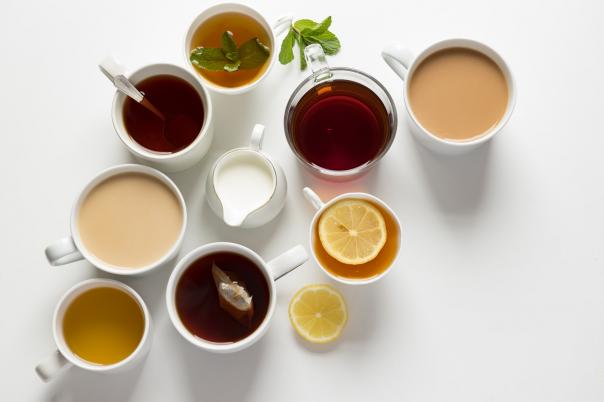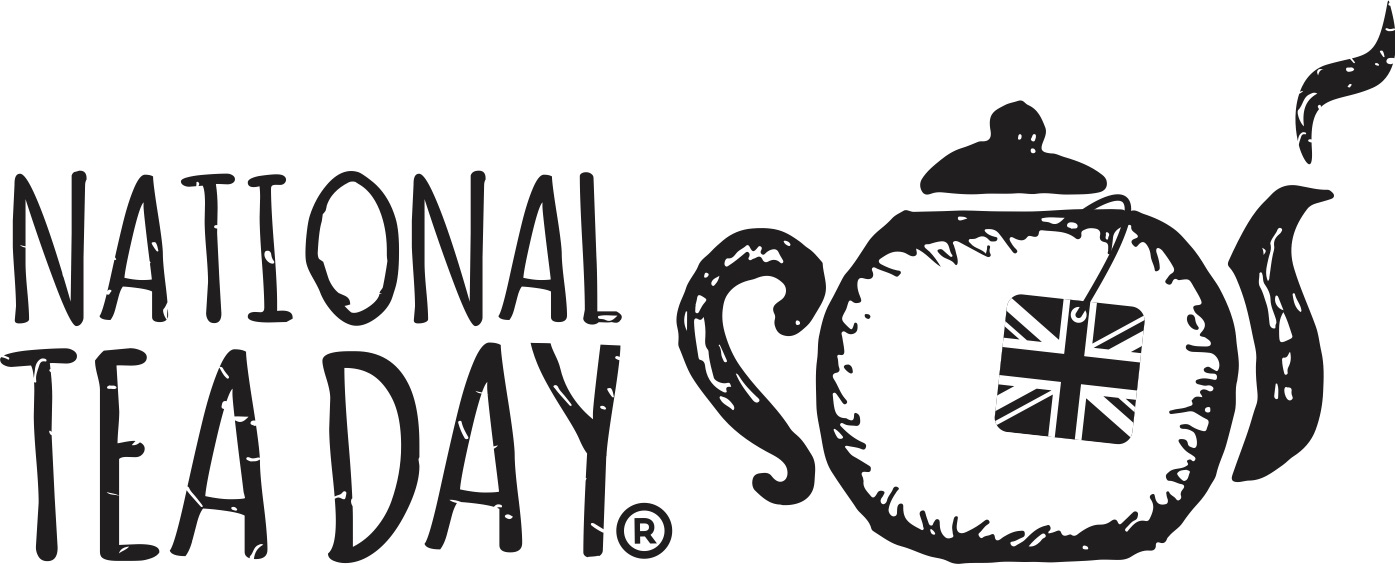

Each day there are 165 million cups of tea drunk in the UK, far more than coffee. Research from National Tea Day has shown an annual increase of 80% in heath and wellness teas, caused by consumers becoming more health conscious.
The survey also found that tea consumption is on the rise, especially amongst 24-35-year-olds (50% growth). The largest growth according to this survey was amongst females with 69%.
Tea time anyone?
Not only has tea been linked with health benefits, but people also drink tea to help relax from the stresses and strains of everyday life. Dr Malcolm Cross at City University London showed tea reduces anxiety levels after suffering a stressful experience.
His experiment placed volunteers in stressful scenarios and found that participants who did not consume tea had a 25% increase in anxiety levels whereas those who consumed tea had a 4% decrease in stress levels.
Tea contains high levels of polyphenols which has beneficial properties including reducing the risk of cancer and heart disease.
Dr Cross said: “The ritual of making and drinking tea - particularly during times of stress - is at the very core of British culture. This study shows that the social psychological aspects of tea enhance the effects of its chemical make-up on our bodies and brains.
“Put simply, the findings illustrate what most mothers would tell us: if you’re stressed, anxious or just feeling blue, make yourself a nice calming brew."
Not all cups are made equal
All five senses contribute to the enjoyment of a cup of tea. According to national Tea Day serving tea in the right cup can enhance its taste.
Fine bone China tea cups are better than glass cups for tea because of the imperfections or dents. These imperfections mean that the tea has to bump into and rub up against many micro-sized obstacles on the journey from inside the cup to your mouth. As the tea travels over these tiny imperfections the liquid tears apart and opens up, giving you a slightly more open sensory experience than you would have with a glass tea cup.
Psychology Research shows it is better to drink a cup of tea from a red cup compared to a white one because we associate the colour red with sweetness and brightness.
Water quality
Water is one of the biggest factors, which affects your perception of tea flavour. Oxygen is crucial to drawing the flavour out of your tea and oxygen molecules are lost when water is boiled each time.
A water filter such as ZeroWater helps to remove calcium and magnesium. These minerals react with flavour compounds, consequently reducing the tea’s taste.
Hence, brewing teas with freshly drawn filtered water is one of the ‘golden rules of tea making’ as 98% of a cup of tea is water.
Sip or slurp?
Taste sensations come primarily through taste buds, most of which are located on the tongue. A taste bud consists of a cluster of at least five different types of cells, along with two nerve endings.
We know something is bitter, umami (savoury) or sweet due to tiny receptors on nerve cells that grab chemicals in the tea moving through your mouth as you sip.
Hot vs cold brewed tea
In recent years cold brew teas have grown in popularity in the UK. With respect to green teas cold brewing in ice-cold water will bring out the amino acids (which are sweeter) in the brew.